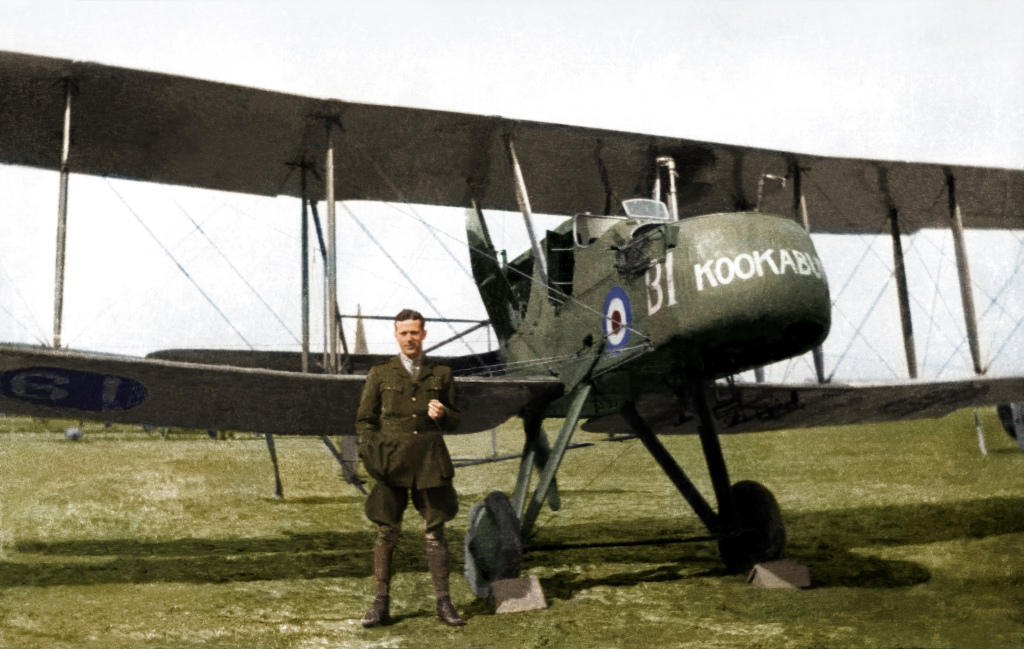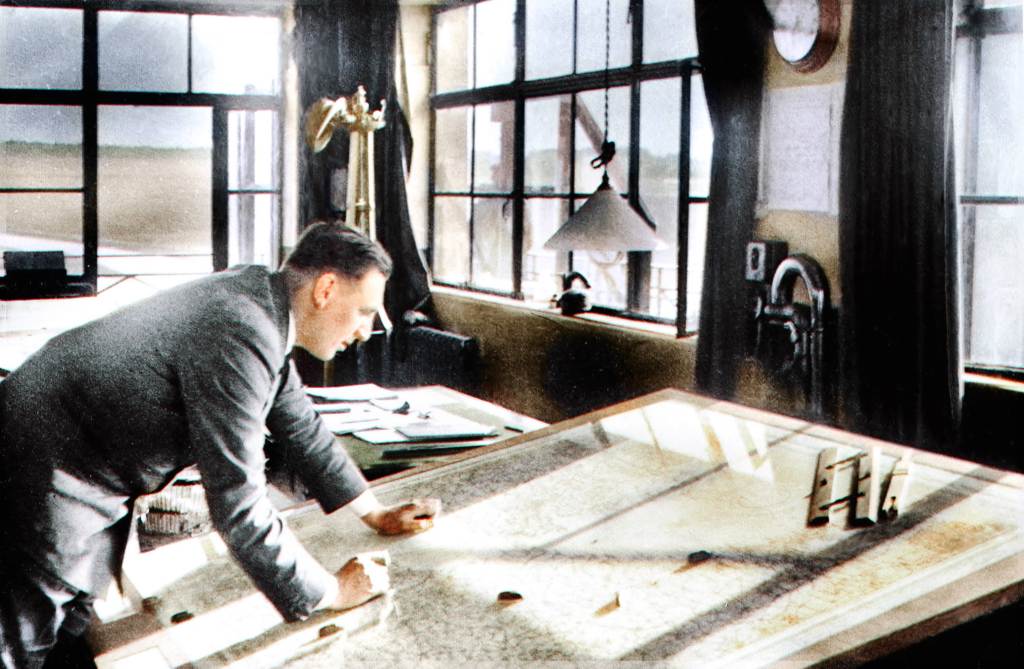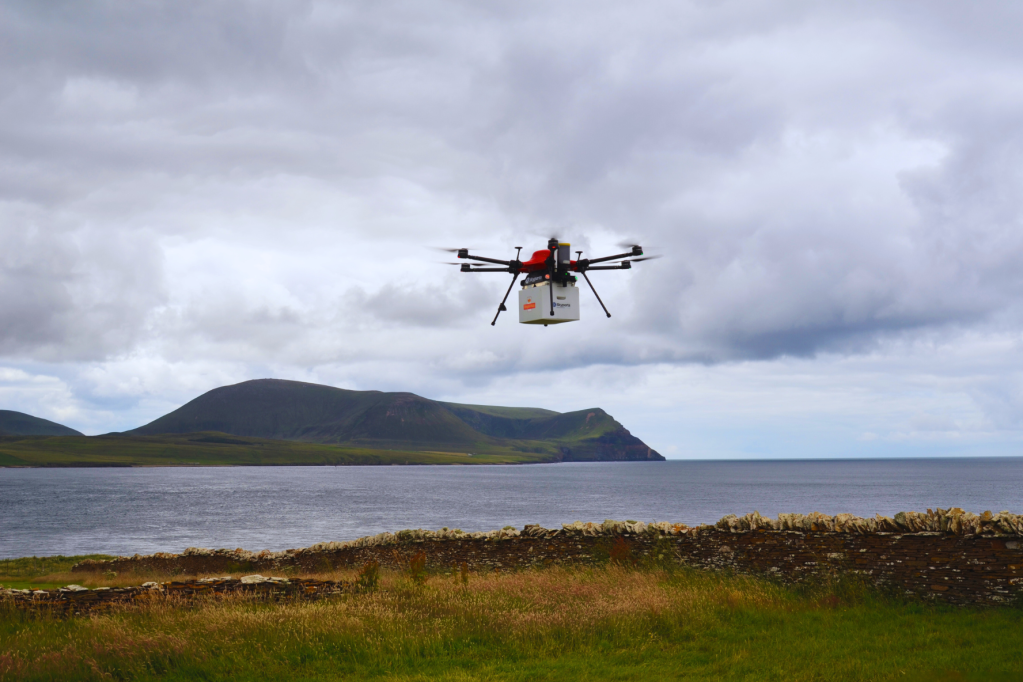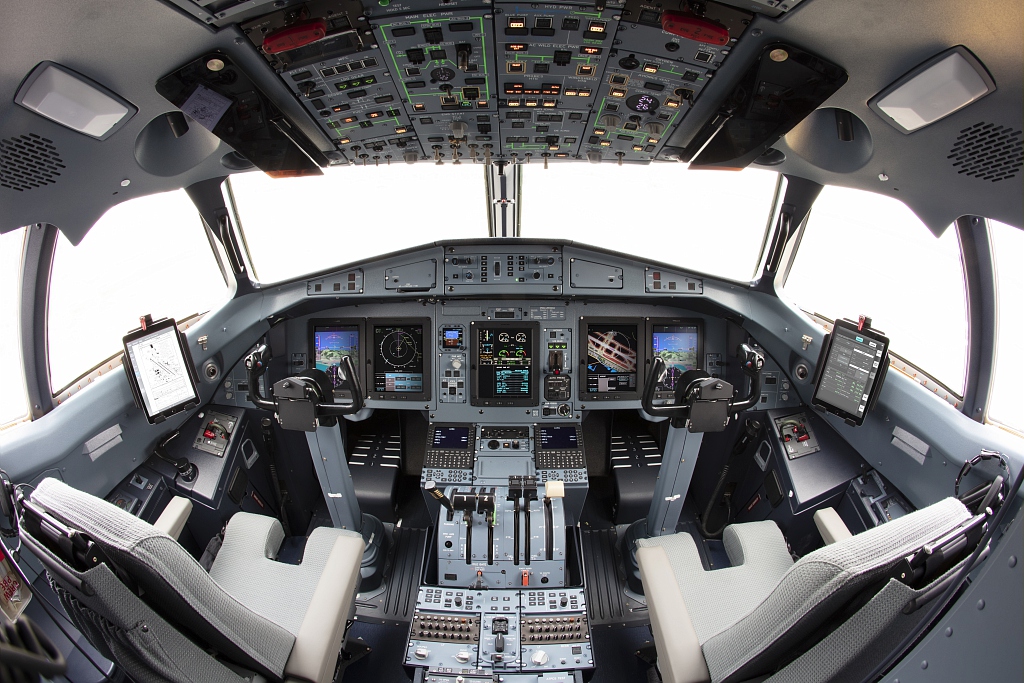If the world’s airline industry were to agree to take the necessary action, commercial air transport could cut its global warming effects by 50% within a week. Permanently, and at virtually no cost.
Do I hear gasps of disbelief?
Disbelief would be understandable, because politicians and the media as a whole are ignorant of the causes of aviation’s climate-changing effects beyond production of the well-known global-warming gas, carbon dioxide (CO2), a by-product of burning fossil fuels in jet engines. It transpires, however, that CO2 is only half the story.
For aviation, finding alternatives to fossil fuel for power is particularly difficult. Electrically powered large aircraft are creatures of the distant future, and even the hoped-for widespread use of SAF (sustainable aviation fuel) may not be the answer that everyone dreams of, because its true sustainability has yet to be proven. CO2 will be with us for a while yet.
Yet the world needs aviation. For business, for trade, for government, for diplomacy. Also for leisure, for education, for tourism, to expand people’s minds and make isolationism less likely. Meanwhile the world is warming dangerously, so if they can, why don’t the airlines act to reduce their contribution to that warming?
Artificially curtailing leisure flying would seriously damage the economies of countless small or impecunious nations, no matter how virtuous the motive for grounding it. Large, rich countries would suffer too. Frankly, therefore, flying will continue. As Professor Ian Poll, Emeritus Professor of Aerospace Engineering at the UK’s Cranfield University, put it in a recent presentation on Aviation and the Environment, “In terms of the environment, aviation is both part of the problem and part of the solution.”
So, if there is an immediate way of halving aviation’s malign environmental impact without stopping people flying, what is it? What does the industry have to do? Why hasn’t it done it already.?
The necessary information to make this transformation is in the public domain, according to Poll, but it exists mainly in scientific papers. Scientific understanding of non-CO2 emissions, says Poll, is incomplete but “developing rapidly”. The data is there for politicians and the press to see, but no-one has picked up the ball and run with it. Perhaps no-one believes it?
Then on 29 November Professor Poll delivered his presentation on the subject to members of the Royal Aeronautical Society. I was among those who attended thinking I’d probably heard it all before.
Anyway, the specialist audience – gathered in the historic clubhouse at Brooklands Museum – despite being mostly aeronautical engineers and pilots, had never heard before about the potential for positive environmental action that Poll had just revealed to them. A few boffins at the Met Office definitely do know about it. Airline boardrooms, on the whole, don’t.
Yet.
Poll summarized the problem before proposing a solution. Global mean temperature (GMT), which has been rising for decades, is driven by the difference between incoming solar radiation and outgoing thermal radiation from the ground – the net result of which is known as radiative forcing (RF).
Anything that reduces the outgoing radiation – eg increasing the level of a greenhouse gas – increases both RF and GMT. Anything that reduces the incoming radiation – eg increasing Earth’s reflectivity to sunlight – decreases both RF and GMT. The key to global warming reduction – or at least its control – is action to reduce human-generated radiative forcing.
Contrails – or at least controlling them – contain the key to beneficially influencing aviation’s effect on RF. It is a more complicated issue, however, than the widely-held (wrong) belief that “condensation trails” are purely the result of the jet engines’ production of visible water vapour in the combustion process.
Professor Poll revealed that the current scientific consensus on aviation’s contribution to GMT rise is that one sixth of it is caused by the secondary effects of two combustion products – nitric oxide and nitrogen dioxide (NOx); one third by CO2; and half of the total by contrail-induced cirrus cloud.
If the airlines knew what to do to avoid generating this cloud, according to Poll, they could eliminate that 50% of aviation’s malign global warming very quickly, and at very little cost.
To act effectively, all the individual effects of aviation on the environment need to be understood. These include:
- Aviation adds CO2, water vapour and particulates to the atmosphere.
- Combustion produces NOx.
- In very cold air the water vapour sticks to the particulates and freezes, forming an ice contrail.
All the above factors contribute to RF.
Key to the solutions in this case, Professor Poll revealed, is identifying the precise location of “ice-supersaturated” regions of the atmosphere. These phenomena have a lateral extent of tens to hundreds of kilometres, but their vertical extent is only 2,000-3,000ft. Their characteristic is very cold air with a low level of natural particulates, and within them water remains in the invisible vapour state at temperatures well below those at which ice would normally form.
Inconveniently, these phenomena occur within the height band of cruising levels that commercial jets use. When a contrailing aircraft encounters ice-supersaturated air, it precipitates the supercooled vapour into ice, and a persistent contrail forms. A persistent contrail may last for hours and even develop into cirrus cloud. This, Professor Poll emphasizes, can have a major effect on climate.
The effect of persistent contrails depends on the time of day or night that they are formed. At night, outgoing radiation can be reflected back to the earth by the ice cloud, causing net warming. In daytime, some outgoing radiation is absorbed, but solar radiation is reflected back into space, sometimes contributing a net cooling effect.
If airline operations continue precisely as they are flown now, the long term net effect, Poll points out, is a “large” amount of warming. If airlines were able to eliminate all contrails, the total net global warming effect would be halved. But if they were to eliminate only the warming contrails and keep generating the cooling ones, the total net global warming effect would be reduced by 60%.
Such a course of action, Poll states, is within the capabilities of the airlines, whose most obvious tactic would be to vary the aircraft’s cruising level by a couple of thousand feet, which would have very little effect on specific fuel consumption. Military operators like the Royal Air Force have known for nearly 100 years how to avoid creating contrails, which is essential to avoid being spotted and attacked. Poll describes adopting this course of action as “simple, safe, ethical, cheap, instantly effective, and available right now.”
The naysayers among scientists make the rather muted point that the “uncertainty” in the science is too big. Professor Poll fires back with the undeniable point that the experiment could be abandoned instantly upon the observation of any unpredicted ill effects.
For aviation, there are no other short-term solutions to its net global warming effect. So, this reduction will have to do, for now. The science about this effect has mainly been developed in the UK but, as so often happens with new science, it is beginning to look as if the first action based on it may take place in the USA.
Meanwhile, any editor out there who is churlish enough, at this precise moment in history, to headline on the fact that aviation has simply discovered that it was causing twice the global warming effect that everybody already knew about, has missed the point.
PS: Journalists please note that this is the first release of this information – apart from Professor Poll’s presentation – in a digestible form, so if you run it without acknowledging its source as Learmount.com, your work will be identifiable as plagiarism.










